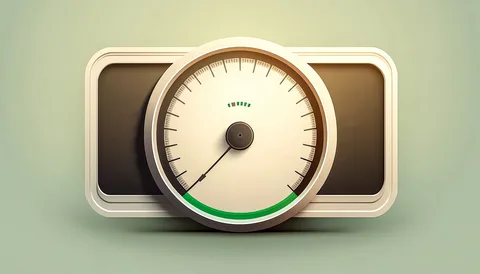Nometre is a term that often sparks curiosity, especially among those interested in measurement systems and units. This guide aims to provide a detailed understanding of what nometre represents, its applications, and its significance in various fields.
What is Nometre?

Nometre, while not as commonly known as the metric or imperial systems, is a term that can refer to various measurement contexts depending on its usage. It is often associated with measuring lengths, distances, or other quantitative parameters. Understanding its definition is crucial for those engaged in scientific, engineering, or everyday practical applications.
Historical Context
The concept of measurement dates back thousands of years, with various civilizations developing their own systems. The term “meter” itself is derived from the Greek word “metron,” meaning “measure.” Over time, as the need for standardized measurements increased, the metric system was formalized in the 18th century, which included the meter as its base unit for length.
Nometre can be seen as a niche or specialized extension within this broader framework of measurement systems. It may also refer to specific tools or devices used in measuring lengths in particular contexts.
Applications of Nometre
Engineering and Construction

In engineering and construction, precise measurements are paramount. Nometre units may denote specific measurements in blueprints or design plans. For example, architects and engineers often work with various metric units, including nanometres, when planning a building to ensure structural integrity and adherence to design specifications.
Scientific Research
In scientific research, measurements must be accurate and reproducible. Physics, chemistry, and biology researchers often employ measurement systems, including no meter, to quantify experimental results. This precision ensures that other researchers can verify and build upon findings.
Everyday Use
While the term nanometre may not be commonly used in daily conversation, measurement is ingrained in our everyday lives. From measuring ingredients for a recipe to determining the length of a room for furniture placement, understanding and using different measurement units, including nanometres, is essential for practical applications.
How Nometre Compares to Other Measurement Units
Nometre vs. Metre
The meter is the standard unit of length in the metric system, while no meter can be considered a variant or context-specific unit. While they are similar, the usage of na nometres might apply to specific fields or situations where traditional meter measurements do not suffice.
For example, na nometres may refer to measurements requiring additional precision beyond a meter, typically denoted in specific scientific disciplines. This is especially relevant in nanotechnology, where measurements are often taken at the nanoscale.
Conversion Factors
Understanding how to convert between different units of measurement is crucial, especially when working across various fields. For example, knowing that 1 meter equals 100 centimeters or 1,000 millimeters is essential for accurate conversions. While na nometres may not have widely recognized conversion factors, context can often dictate their relationship to other measurement units.
The Importance of Accurate Measurement
In Industry

Accurate measurements are vital in various industries, including manufacturing, construction, and healthcare. In manufacturing, precise measurements ensure that components fit together correctly, which is essential for product quality and safety.
In Research
In scientific research, measurement accuracy is fundamental. A petite measurement error can lead to incorrect conclusions and potentially jeopardize research projects. Thus, using the appropriate measurement units, including no meter, is essential for credibility and reproducibility in scientific studies.
In Education
Teaching students about various measurement systems, including no meter, fosters a comprehensive understanding of mathematics and science. Educators can incorporate real-world examples to illustrate the importance of measurement in different contexts, encouraging students to appreciate the relevance of precise measurements in their daily lives.
Challenges and Misunderstandings
Lack of Standardization
One of the challenges associated with measurement systems like nanometres is the need for widespread standardization. While the metric system is universally recognized, specific terms and units can vary by region or industry, leading to potential confusion.
Misinterpretation of Measurements
In some cases, users may misinterpret measurements, mainly if they are unfamiliar with the context in which a term like na nometre is used. Clear communication and education about measurement systems are essential to avoid misunderstandings.
Future of Measurement Systems
Technological Advancements
With advancements in technology, measurement systems are evolving. Tools such as digital calipers, laser measuring devices, and smartphone applications enhance the accuracy and ease of taking measurements.
Globalization of Measurement Standards
The push for standardized measurement systems grows as the world becomes increasingly interconnected. The metric system, including units like the meter, continues to gain acceptance globally, reducing confusion and improving communication across different sectors.
Conclusion
Nometre may not be a household term, but its significance in measurement must be considered. Understanding its applications, historical context, and relationship with other measurement units enriches our knowledge of measurement systems. As technology advances and measurement standards become more globally accepted, the importance of precise measurements, including those denoted by nanometres, will only increase.
Mastering measurement concepts is crucial for accuracy and success in engineering, scientific research, or daily life. As we move forward, embracing the various facets of measurement will empower individuals and industries to confidently achieve their goals.



